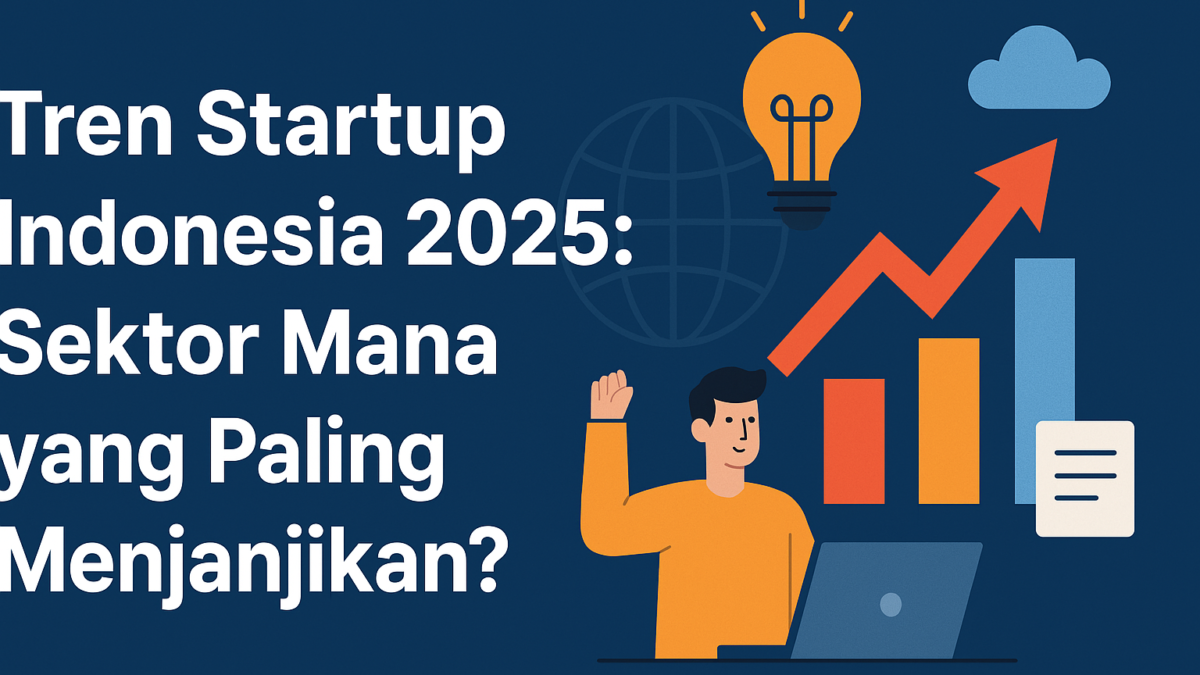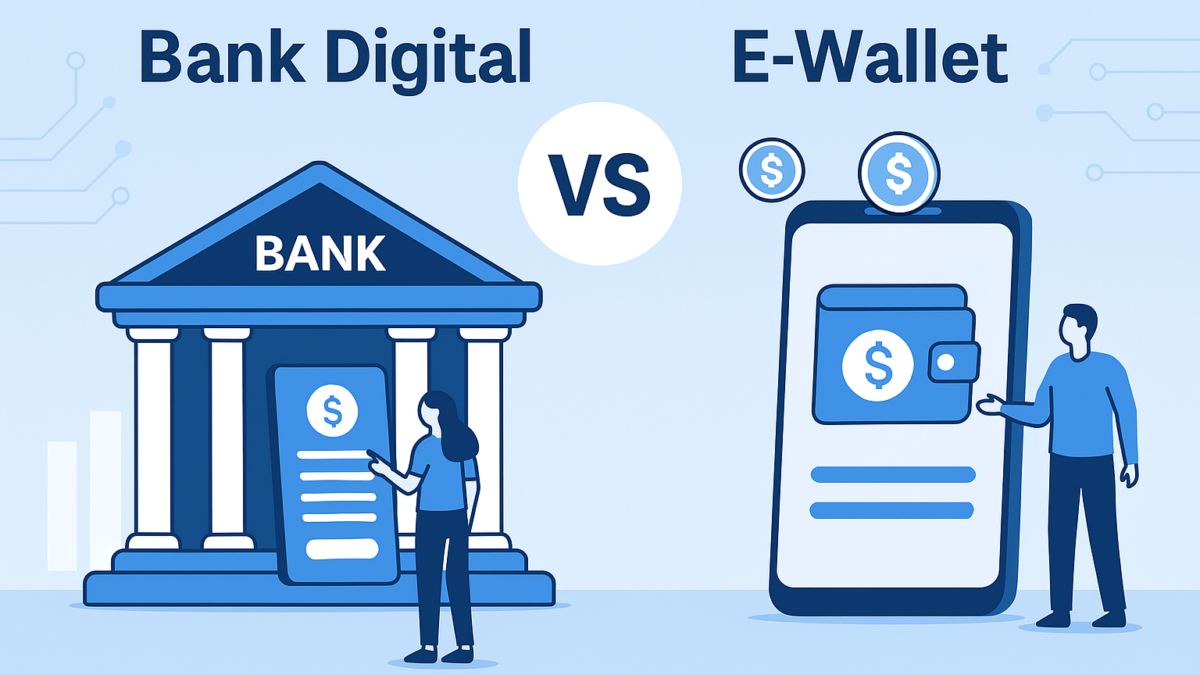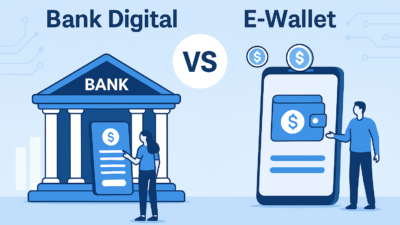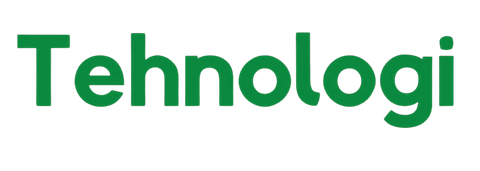
“Building something exceptional means embracing the unknown, trusting your vision, and forging ahead when the path isn’t clear. Every rare find starts with a relentless belief in its hidden value. ~ MRA”
Overview
A solid business plan is crucial for translating your idea into a structured vision and defining actionable steps. Here’s a comprehensive guide to creating a business plan that not only validates your concept but also positions it for growth and investor interest.
1. Executive Summary
- What It Is: The executive summary is a brief overview of your business, covering its purpose, key objectives, and market potential.
- What to Include: Summarize your mission, vision, product or service, market need, competitive advantage, and financial outlook.
- Tips: Since this section often serves as a first impression, make it compelling yet concise. Even though it’s the first section, it’s usually written last to accurately reflect the entire plan.
2. Business Description
- Define Your Business: Outline what your business does, the industry it operates in, and its mission. Highlight what makes it unique and relevant.
- Market Need and Opportunity: Describe the problem your business solves. Use data on industry growth rates, market demands, and existing gaps to show potential.
- Long-term Vision: Include your vision and goals. For instance, are you aiming to be a market leader or disrupt an industry?
3. Market Analysis
- Understand Your Audience: Conduct thorough research on your target customers, including demographics, buying behaviors, and preferences.
- Competitor Analysis: Identify key competitors and assess their strengths and weaknesses. Tools like SWOT analysis (Strengths, Weaknesses, Opportunities, Threats) are helpful here.
- Market Size and Growth: Use reputable data sources to project market size and growth. This establishes a baseline for the potential of your business, which is critical for attracting investors.
4. Organization and Management
- Define Structure: Outline your business structure (e.g., sole proprietorship, LLC, corporation) and justify why this structure best suits your goals.
- Leadership and Roles: Detail the key members of your team, their backgrounds, and the roles they will play. Investors value a competent, cohesive team as much as the product itself.
- Human Resources Plan: If growth requires hiring, briefly outline your hiring strategy and key future roles to ensure scalability.
5. Products or Services
- Describe Your Offering: Clearly describe your product or service, its unique features, and its value to the customer.
- Product Life Cycle and Development: Discuss where the product is in its lifecycle (e.g., concept, development, launch) and future innovations. Explain your approach to research and development if applicable.
- Intellectual Property: Mention any patents, trademarks, or proprietary technology that give your business a competitive edge.
6. Marketing and Sales Strategy
- Define Your Marketing Channels: Identify which channels (social media, content marketing, paid ads) you’ll use to reach customers and why.
- Pricing Strategy: Outline your pricing model — consider cost-based pricing, value-based pricing, or competition-based pricing. Your choice should align with your market analysis and positioning
- Sales Tactics: Describe how you plan to acquire customers, manage relationships, and scale. Consider whether you’ll focus on direct sales, partnerships, online conversions, etc.
7. Operational Plan
- Operations Outline: Provide a high-level view of day-to-day operations, including locations, facilities, equipment, and technology.
- Supply Chain Management: Detail how you will manage suppliers, inventory, and logistics. This is crucial for product-based businesses to ensure cost-efficiency and reliability.
- Milestones and Timeline: Include a timeline with major milestones such as product launch, user acquisition goals, and revenue targets.
8. Financial Plan
- Revenue Model: Explain how you plan to make money. Outline different revenue streams, whether through direct sales, subscriptions, partnerships, or advertising.
- Projected Financials: Include sales forecasts, profit and loss statements, cash flow statements, and balance sheets. Financial projections should cover at least three to five years and reflect realistic growth based on your market analysis.
- Break-even Analysis: Calculate when you expect the business to start making a profit. This shows investors that you understand the financial risks and rewards of the business.
- Funding Requirements: If you’re seeking external funding, outline how much you need, how it will be used, and potential returns for investors.
Additional Tips for Crafting a Powerful Business Plan
- Use Data to Back Up Claims: Investors and partners look for data-driven insights. Back up claims with data from reputable sources like industry reports, academic studies, or government publications.
- Keep it Adaptable: A business plan is a living document. Regularly update it to reflect new insights, market changes, or business pivots.
- Include Clear, Actionable Goals: SMART goals (Specific, Measurable, Achievable, Relevant, Time-bound) make your objectives tangible and trackable, aiding in both internal strategy and external funding discussions.
EXAMPLE OF BUSINESS PLAN
Use Case: RareFinds Online
Business Overview
RareFinds Online is an e-commerce platform focused on providing rare, collectible items and antique pieces to customers in South Asia. The platform curates unique items from around the world, including limited-edition artifacts, rare collectibles, vintage fashion, and one-of-a-kind artwork. Our target audience includes collectors, enthusiasts, and those seeking exclusive items not commonly available in the region.
Mission: To make rare and unique items accessible to South Asia’s collectors and enthusiasts through a reliable, curated online shopping experience.
Vision: To become South Asia’s premier online destination for rare collectibles and antiques, renowned for quality and authenticity.
1. Executive Summary
RareFinds Online combines the high-demand market for rare items with the convenience of e-commerce, leveraging the growing online retail trends in South Asia. We aim to target an affluent demographic interested in unique products. With an initial funding goal of $500,000, RareFinds Online seeks to launch in Indonesia, Malaysia, and Singapore, with plans to expand further based on demand.
2. Market Analysis
- Target Market: Affluent South Asian individuals (ages 30–60) with an interest in unique collectibles, vintage fashion, art, and antiques. Many of these individuals are professionals, expatriates, or collectors with disposable income for rare items.
- Market Size and Trends: The e-commerce market in South Asia is expected to grow significantly, driven by increasing internet penetration and a rising middle class. Rare and luxury items have an appeal in this market, particularly among collectors and high-net-worth individuals looking for unique, investment-grade products.
- Competitor Analysis: Current competitors include specialty e-commerce sites like Etsy, but few offer rare and antique products specifically curated for the South Asian market. This positions RareFinds Online as a niche market leader with limited direct competition.
3. Business Model
RareFinds Online operates as an online retailer and marketplace, working with trusted suppliers and vendors worldwide to source rare items. We will provide direct sales as well as a consignment option for local sellers who wish to list items on our platform. Revenue streams include:
- Product Sales: Direct sales of rare items sourced globally.
- Consignment Sales: Commissions from individuals or businesses that list items on our platform.
- Membership Program: A premium membership offering early access to new items and discounts.
4. Marketing Strategy
- Digital Marketing: Utilize targeted social media ads, Google Ads, and SEO to attract niche collectors. Content marketing (blogs and video features) will highlight the rarity and background of specific items to engage potential customers.
- Influencer Partnerships: Partner with influencers and collectors in South Asia to build brand awareness.
- Localized Content: Develop content in regional languages for South Asian markets, helping build a connection with local collectors and enthusiasts.
5. Operations Plan
Year 1 — Launch and Establishment
- Set up the online platform and ensure reliable sourcing and authentication procedures.
- Initial hiring for critical roles: product sourcing, marketing, customer support, and logistics coordination.
- Target major cities in Indonesia, Malaysia, and Singapore for our first phase.
Year 2 — Expansion
- Expand to additional countries in South Asia (e.g., Thailand, Philippines).
- Introduce a mobile app to increase customer engagement and accessibility.
- Build partnerships with local sellers in each market to expand the range of products.
Year 3 — Scaling and Optimization
- Optimize logistics by setting up regional fulfillment centers in major cities.
- Focus on brand loyalty programs to drive repeat purchases and increase lifetime customer value.
- Evaluate further expansion opportunities or strategic partnerships.
6. Financial Projections

- Year 1: Investment in website development, marketing, and inventory. Profitability is not expected until year 2.
- Year 2: Revenue growth through geographic expansion and increased inventory. Marketing expenses increase but are offset by growth in sales.
- Year 3: Optimization of operations reduces expenses, leading to profitability.
Additional Financial Details by Category
To make this financial plan even more insightful, we can break down the expenses and include other relevant financial categories:
- Revenue Breakdown
- Product Sales: Directly sold rare items
- Consignment Sales: Commission from consignment items
- Membership Fees: Income from premium memberships
| Year | Product Sales | Consignment Sales | Membership Fees | Total Revenue |
|------------|---------------|-------------------|-----------------|---------------|
| **Year 1** | $150,000 | $75,000 | $25,000 | $250,000 |
| **Year 2** | $700,000 | $250,000 | $50,000 | $1,000,000 |
| **Year 3** | $1,800,000 | $600,000 | $100,000 | $2,500,000 |
2. Expense Breakdown
- Marketing and Advertising: Cost for social media, influencer partnerships, and digital marketing.
- Technology and Development: Website maintenance, app updates, and platform improvements.
- Inventory Costs: Sourcing and acquiring rare items.
- Operational Costs: Staffing, logistics, and fulfillment centers.
| Year | Marketing & Ads | Tech & Dev | Inventory Costs | Operational Costs | Total Expenses |
|------------|-----------------|-------------|-----------------|-------------------|----------------|
| **Year 1** | $100,000 | $50,000 | $100,000 | $50,000 | $300,000 |
| **Year 2** | $300,000 | $150,000 | $200,000 | $150,000 | $800,000 |
| **Year 3** | $700,000 | $250,000 | $300,000 | $250,000 | $1,500,000 |
3. Quarterly and Yearly Net Profit/Loss
With these categories, you’ll have a clearer picture of both total and net profits per quarter and year. This helps in forecasting profitability timelines and making budget adjustments based on trends.
| Year | Q1 Profit | Q2 Profit | Q3 Profit | Q4 Profit | Yearly Net Profit/Loss |
|------------|-----------|-----------|-----------|-----------|-------------------------|
| **Year 1** | -$30,000 | -$5,000 | -$10,000 | -$5,000 | -$50,000 |
| **Year 2** | $50,000 | $50,000 | $75,000 | $25,000 | $200,000 |
| **Year 3** | $150,000 | $225,000 | $275,000 | $350,000 | $1,000,000 |
4. Cumulative Financial Overview
Finally, add a summary line that shows cumulative totals at the end of three years to help illustrate overall growth:
| Total Revenue (3 Years) | Total Expenses (3 Years) | Net Profit (3 Years) |
|-------------------------|--------------------------|-----------------------|
| $3,750,000 | $2,600,000 | $1,150,000 |
7. Funding Requirements
To successfully launch and grow, RareFinds Online seeks an initial investment of $500,000, allocated as follows:
- Technology and Development: $150,000 for website, app, and software tools.
- Marketing and Brand Building: $200,000 for targeted campaigns and influencer partnerships.
- Inventory Acquisition: $100,000 for initial sourcing of rare items.
- Operational Costs: $50,000 for logistics, staffing, and legal fees.
8. Risk Analysis
- Market Risks: Fluctuations in demand for rare and luxury items during economic downturns.
- Supply Risks: Sourcing rare items consistently may pose a challenge. Building strong supplier relationships is crucial.
- Operational Risks: Ensuring authenticity and quality control requires strict processes to maintain reputation.
Top 5 Books Recommended for Business Plan
Here are five highly recommended books that can guide you in developing a solid business plan:
1. “Business Model Generation” by Alexander Osterwalder and Yves Pigneur
This book introduces the Business Model Canvas, a strategic tool for visualizing, designing, and reinventing business models. It’s practical, visually engaging, and suitable for entrepreneurs and established businesses alike.
2. “The Lean Startup” by Eric Ries
Though not a traditional business planning book, this book is essential for modern entrepreneurs. It focuses on using lean principles, rapid iteration, and data-driven decision-making to create and adapt business models, making it ideal for innovative startups.
3. “Hurdle: The Book on Business Planning” by Tim Berry
Tim Berry, the founder of Palo Alto Software, offers a clear and practical guide to creating a business plan. This book breaks down each section of a business plan, with real-world examples and templates, making it great for both beginners and experienced business planners.
4. “The Art of the Start 2.0” by Guy Kawasaki
Kawasaki’s book is filled with actionable insights for creating a strong business foundation, building a brand, and scaling effectively. His advice is concise, motivational, and focuses on the practical aspects of launching and managing a startup.
5. “Business Plans That Work: A Guide for Small Business” by Jeffry Timmons, Andrew Zacharakis, and Stephen Spinelli
This book provides a comprehensive approach to creating business plans that can actually drive growth. It’s tailored for small businesses and startups, with a focus on market research, financial projections, and strategic planning.
Each of these books offers unique insights and tools to help you build a strong, adaptable, and realistic business plan.
Summary
Creating a comprehensive business plan requires thorough research, strategic planning, and an understanding of both your market and operational capacities. An in-depth, well-articulated business plan not only increases your credibility but also serves as a roadmap, helping you measure progress and adapt as your business grows.















